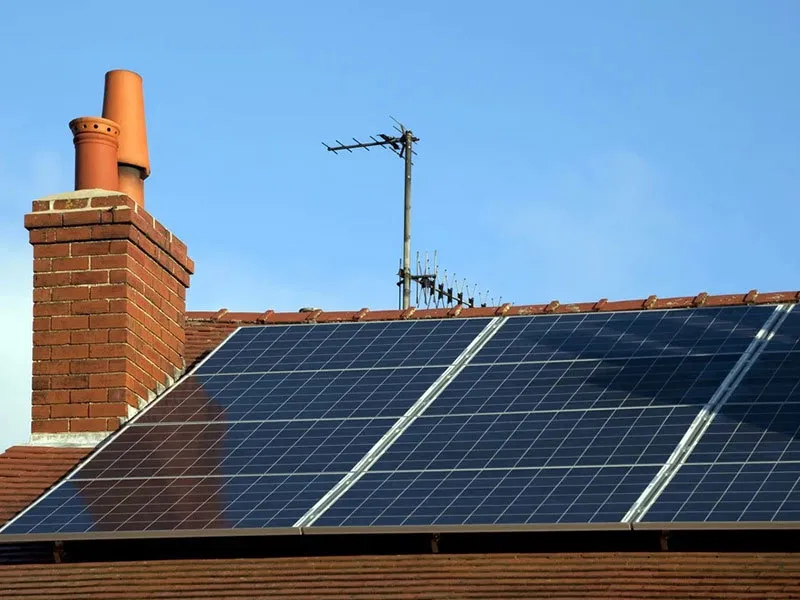bifacial solar panels working
Understanding the Working Mechanism of Bifacial Solar Panels
Bifacial solar panels represent a significant advancement in photovoltaic technology, offering enhanced efficiency and energy generation compared to traditional monofacial panels. These innovative panels are designed to harness sunlight from both sides, making them a promising solution for maximizing solar energy output.
At the heart of bifacial solar panels is their unique construction. Unlike standard solar panels, which feature solar cells mounted on just one side, bifacial panels utilize solar cells on both the front and back. This design allows them to capture sunlight directly from the sun and reflect light that bounces off the ground or nearby surfaces. As a result, bifacial panels can utilize sunlight more effectively, particularly in environments with high albedo, such as snowy or sandy areas, where light reflection is maximized.
Understanding the Working Mechanism of Bifacial Solar Panels
One of the most significant advantages of bifacial solar panels is their ability to generate more electricity under various conditions. Research indicates that bifacial panels can achieve energy gains of 10% to 20% more than their monofacial counterparts, depending on environmental factors and the angle of installation. This increase in energy production is primarily due to the additional light captured from the rear side, which can be especially beneficial in installations with reflective surfaces or when mounted at specific angles.
bifacial solar panels working

Moreover, bifacial solar panels generally exhibit better performance in diffuse light conditions, which is critical during overcast days or in locations with frequent cloud cover. This characteristic enhances their reliability and overall energy yield throughout the year.
Installation and positioning are crucial to maximizing the benefits of bifacial panels. To optimize performance, it is essential to consider the ground material and the angle of the installation. In many cases, bifacial panels are installed on elevated structures or solar tracking systems that can adjust their angle throughout the day to maintain optimal sunlight exposure.
Additionally, the longevity and durability of bifacial solar panels make them a cost-effective solution over time. Many manufacturers offer warranties extending beyond 25 years, reflecting their confidence in the panels’ resilience against environmental stresses. With less degradation over time, these panels provide a reliable energy source for decades.
In conclusion, bifacial solar panels represent a significant leap forward in solar technology, harnessing energy from both sides to maximize output and efficiency. Their unique design, enhanced performance in diverse conditions, and longevity make them an attractive option for both residential and commercial solar installations. As the demand for renewable energy continues to grow, bifacial panels are poised to play a crucial role in the future of sustainable energy generation.
-
String Solar Inverter: The High-Efficiency Solution for Smart Solar EnergyNewsJul.14,2025
-
Revolutionizing Rooftop Energy with the Power of the Micro Solar InverterNewsJul.14,2025
-
Power Independence with Smart Off Grid Solar Inverter SolutionsNewsJul.14,2025
-
On Grid Solar Inverter: Powering the Future with Smart Grid IntegrationNewsJul.14,2025
-
Monocrystalline Solar Panels: High-Efficiency Power for the Future of Clean EnergyNewsJul.14,2025
-
Bifacial Solar Panel: A Smarter Investment for Next-Generation Energy SystemsNewsJul.14,2025







